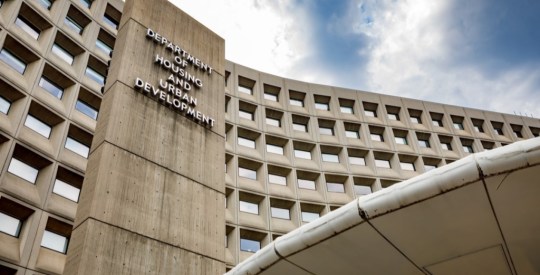Private-label mortgage bond issuance should pick up by the end of 2012, but still-cloudy rules and a dominant government role will keep the comeback at bay, according to a new report from Fitch Ratings.
“We believe the sector will continue to make progress in 2012, but also feel that it is still at the beginning of a long and steep road back to a truly functioning market,” said the report’s author Rui Pereira, managing director of U.S. RMBS at Fitch.
The once vibrant market reached above $6 trillion. The few deals completed since the crisis struck in 2007 came from real estate investment trusts and spot conduit deals, led mostly by Redwood Trust (RWT). Fitch said home loans securitized since 2010 have been stronger than those originated before the housing bubble in 2002 and 2003. And those earlier vintages, Fitch said, incurred less than 10 basis points in losses to date.
According to Pereira, the latest RMBS deals actually performed well. Of the 1,800 newly originated prime mortgages securitized into five private-label deals since 2010, only one borrower went delinquent based on the latest available data.
“Over the past year, a relatively small number of loans have missed payments within the transactions, and all were resolved by the following month,” Pereira said. “Fitch believes the missed payments to date have generally been due to noncredit-related issues, such as delays in pending refinances or confusion over the application of a curtailment payment.”
Three transactions completed in the first quarter of 2012 already eclipsed last year’s activity. Fitch expects more issuance throughout the year as old programs return and new issuers test the waters.
Bank analysts anticipate some rejuvenation for the private-label market as well.
“Given some of the recent positive prints including the March turnaround in home prices based on the CoreLogic HPI indices, we see long-term value in the non- agency and subprime markets,” according to analysts at Bank of America (BAC).
Europe problems and a slowing U.S. economy may mean some continued difficulty in the short-term. Losses for the overall non-agency space – not just newer vintages – did increase since the start of the year, according the JPMorgan Chase (JPM) analysts, but there are still some bright spots.
“Two-thirds of the investors we surveyed thought that fixed-rate (and hybrids) bonds have the best risk/reward profile in the non-agency market,” Chase analysts said.
Fannie Mae, Freddie Mac and Ginnie Mae still fund 95% of the market, and reform for the government-sponsored enterprises appears to be years away. Other regulatory issues such as the Qualified Mortgage and risk retention rules will continue to keep many banks – especially smaller ones – on the sidelines.
But the private market is making some changes of their own. To solve the murky representation and warranty problem, the latest private-label deals include clear guidelines on how to settle disputes.
Most of the transactions since the crisis, and all of the ones Fitch rated, show the originator would submit to a third-party arbitrator in the event of a dispute. Most agreements also give the most subordinate bondholder the right to pursue claims against the originator.
“For obvious reasons, no sector has been affected more directly or has undergone as much of a transformation as private-label U.S. RMBS,” Pereira said.



